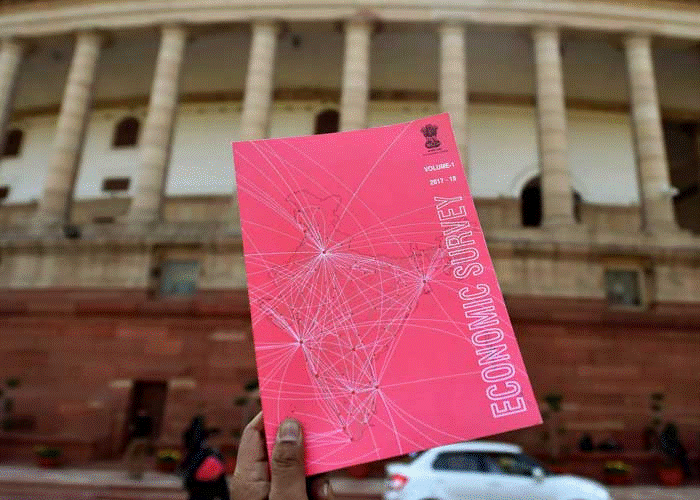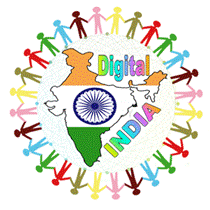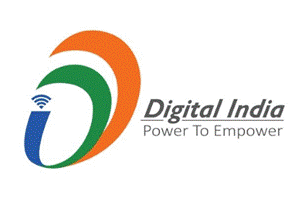

India’s annual Budget, which comes soon after the Economic Survey, is the most awaited event in India with diverse expectations from all sectors. The theme for this year’s Budget is largely rural-centric, with emphasis on strengthening agriculture and the rural economy, provision of good health care to the economically less privileged, infrastructure creation, and improvement in the quality of education in the country. A recent ARC client report, India Budget 2018, discusses all these core thrust areas, the Budget implications, the government’s vision and direction, and how it will impact the India growth story. But two areas in particular grabbed my attention:
For the first time, the Economic Survey is pink in color (hard copy, web links, icons etc.) – denoting support to women empowerment and gender equality
The Budget has doubled the allocation for the Digital India program
Before we dwell on the color aspect of this year’s Economic Survey, let me tell you what the content is all about. The Economic Survey reviews the economic developments of the last 12 months, collates the performance of major development programs, and proposes new policies and prospects of the government in short to medium term; and these observations have a bearing on the Budget.
In any document the content should always be more important than the color. But this time I choose to disagree. Not because I’m a strident feminist or pink is my favorite color, but in the context of a national document it conveys so much more. Arvind Subramanian, the Chief Economic Adviser said, “The pink color is a small gesture toward solidarity with women. My daughter is also a lot into women’s movement, she played an important role in the color.”

The Economic Survey notes the challenge of gender is long-standing with multi-dimensional ramifications, so all stakeholders are collectively responsible for its resolution. The Survey recommends that India must confront the societal preference, even “meta preference” for a son, which slows down development. Accordingly, assessments have been made based on three specific dimensions of gender, such as:
Agency - relates to women‘s ability to make decisions on reproduction, spending on themselves and their households, and their own mobility and health
Attitudes - relate to attitudes about violence against women, and the ideal number of daughters preferred - relative to the ideal number of sons
Outcomes - relate to “son preference” measured by education level, age at marriage, etc. which aim to reflect the status, role and empowerment of women
Key findings of the Survey’s assessment include:
Over the last 10-15 years, India‘s performance improved on 14 out of 17 indicators of women‘s agency, attitudes, and outcomes
On seven of them, the improvement has been such that India‘s situation is comparable to that of other countries after accounting for levels of development
The Survey states that the government‘s Beti Bachao, Beti Padhao (save and educate daughters/girls) and Sukanya Samridhi Yojana (educational fund for girls) schemes, and mandatory maternity leave rules are all steps in the right direction. According to the Survey, gender outcomes improve with wealth and social status to a greater extent in India than in other developing countries. The Survey also mentions that the progressive North Eastern states are a model for the country - leading the way to gender equality.

The Budget has doubled the allocation for the Digital India program. Industry experts have welcomed this proposal as it can transform the business landscape. Digitalization can be the biggest driver for job creation, to improve the quality of education, health care, and rural progress. The government is committed to improving accessibility across the country, connecting the whole nation, and boosting industrial growth. E-commerce will also gain traction. Further, the proposal on the use of blockchain technology to ensure credibility and safety of digital transactions, will certainly encourage the transition to a digital economy. The focus on promoting machine learning and artificial intelligence will accelerate the country’s position as a global hub for technological skills and capabilities.

A few highlights:
NITI Aayog (National Institution for Transforming India Commission) – the policy think tank of the government - will initiate a national program to direct efforts in artificial intelligence (AI).
Department of Science & Technology will launch a mission on Cyber Physical Systems to support establishment of centers of excellence for research, training and skilling in robotics, artificial intelligence, digital manufacturing, Big Data analytics, and the internet of things (IoT). These centers of excellence will also focus on cyber technologies and build solutions which embed security and privacy by design.
500, 000 Wi-Fi hotspots to provide net connectivity to rural areas.
The Budget has given further impetus to startups, angel investors and venture capitalists to build a more enabling ecosystem, simplify regulatory regime, and encourage seed funding. The setting up of a 5G center in collaboration with IIT Madras would help the country become an early adopter of new technologies; consequently, this will help the telecom industry to move to next-gen networks efficiently and effectively.


